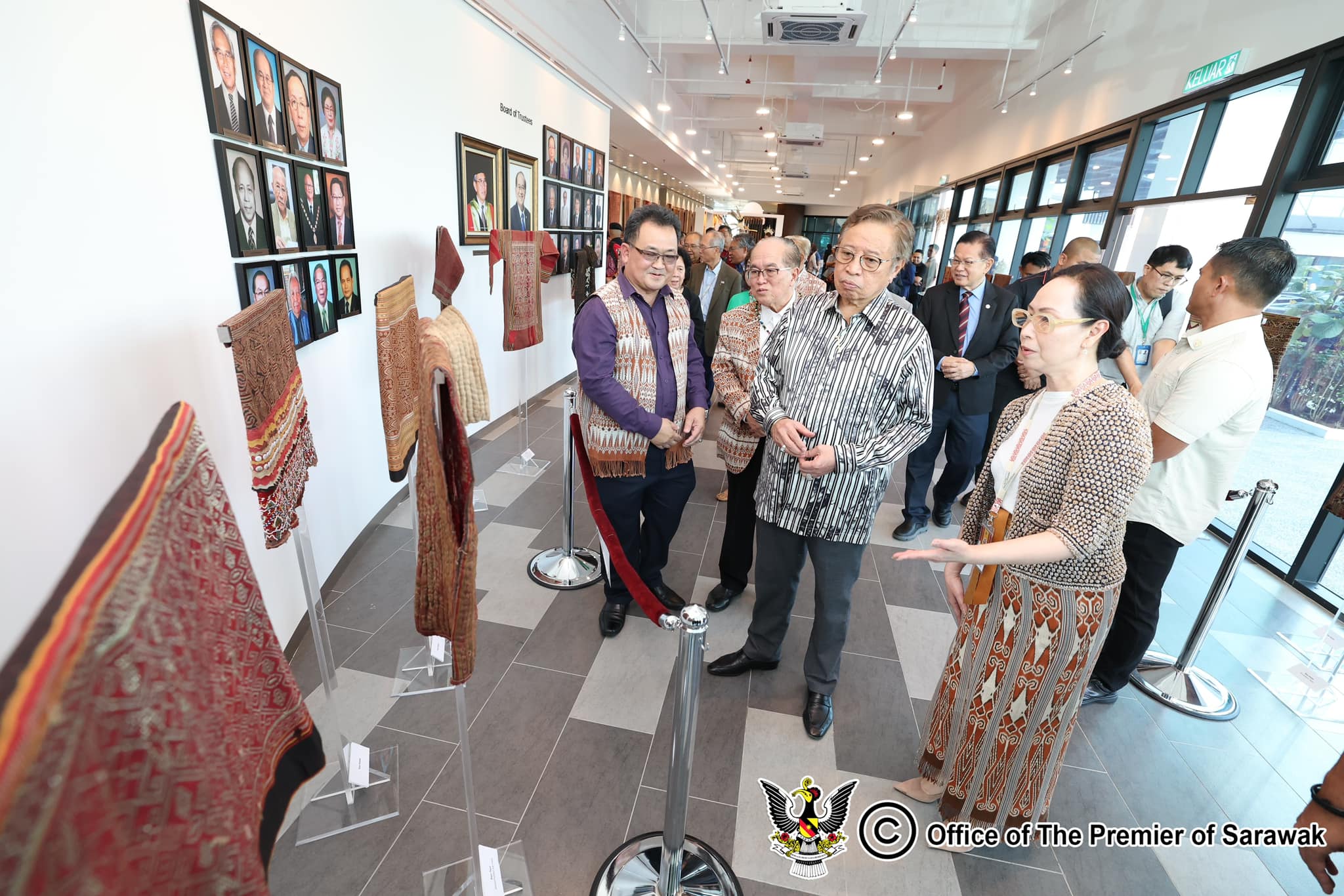JUN 2024
Premier Approves Dayak Cultural Foundation's Request For Dedicated Gallery

KUCHING, June 24 — Premier of Sarawak, Datuk Patinggi Tan Sri Abang Johari Tun Openg has approved the Dayak Cultural Foundation's (DCF) request to establish a dedicated gallery for Dayak and Orang Ulu cultural artifacts.
In his speech, Abang Johari emphasized the importance of preserving cultural heritage through modern means, highlighting the need for the gallery to be interactive and technologically advanced, similar to the Borneo Cultural Museum.
“What is important is it must be interactive, use technology to interact in terms of narrative and information like our Borneo Cultural Museum,” said Abang Johari during the opening ceremony of the Iban Cultural Heritage Symposium and Expo at the Dayak Cultural Foundation today.
“Actually, our guests from overseas and Peninsular Malaysia are quite surprised to see our Borneo Cultural Museum because of the interactivity. They can understand the narrative, the story behind what we exhibit in the museum. I think we take that as a model for our forts (Fort Lily and Fort Sylvia),” he added.
Deputy Premier Datuk Amar Douglas Uggah Embas's proposal for the DCF to be part of the upgrading programme for Fort Lily in Betong and Fort Sylvia in Kapit was also approved by Abang Johari.
He acknowledged Uggah's assertion that a dedicated gallery would not only attract tourists but also provide a valuable resource for visiting scholars.
“We just have to make sure there is enough budget for this. Before all the elders are gone, youmust gather all their narratives," added Abang Johari.
The Premier reiterated the significance of the gallery in facilitating scholarly research on Dayak culture. He pointed out the extensive studies on Dayak culture, particularly Pua Kumbu, which has been declared a national heritage.
“It is our responsibility to preserve this cultural product while also maintaining the value and meaning of the designs in Pua Kumbu,” he stated.
“I was given certain narratives on who can wear the dress based on the hierarchy among the Dayak social system, and this is something that we have to preserve,” he said.